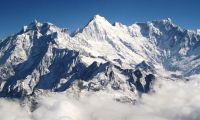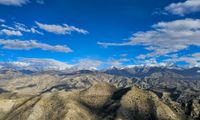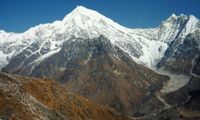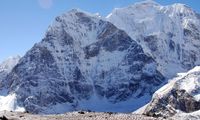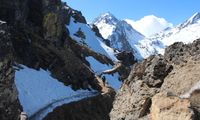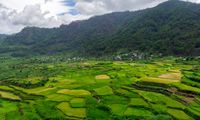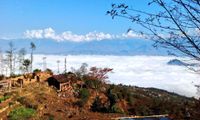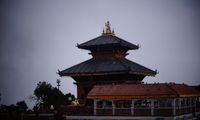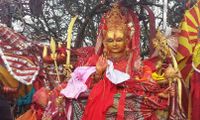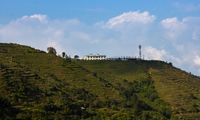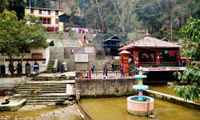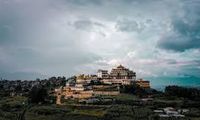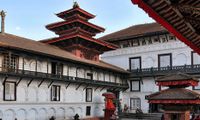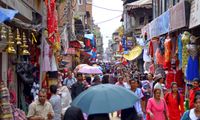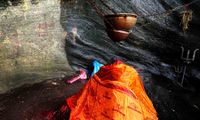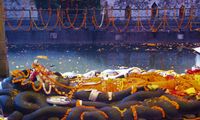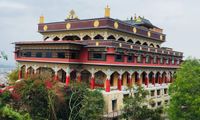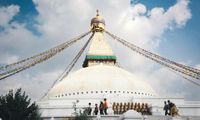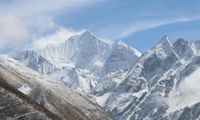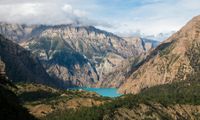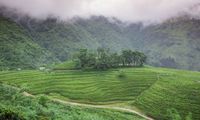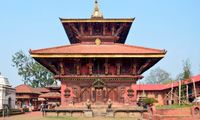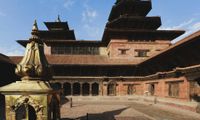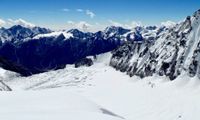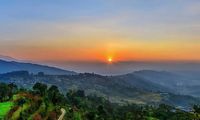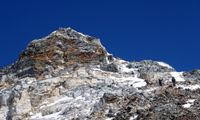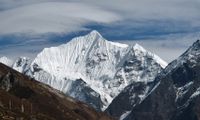International Mountain Museum
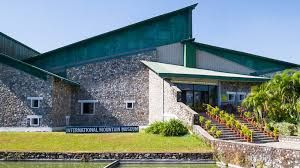
About
The International Mountain Museum (IMM) in Pokhara, Nepal, celebrates the history and culture of mountaineering, focusing on the Himalayas. Established by the Nepal Mountaineering Association, it showcases exhibits on climbing achievements, mountain communities, and geological wonders. Visitors can explore cultural displays, watch educational films, and enjoy stunning views of the Annapurna and Dhaulagiri ranges. A hub for adventurers and history enthusiasts, the IMM offers a unique insight into the challenges and traditions of mountain life. A must-visit destination in Nepal.
Locate Us
Nearby Attractions
With a focus on the Himalayan region, the International Mountain Museum (IMM) in Pokhara, Nepal, is a top-tier organization devoted to recording, conserving, and commemorating the history and development of climbing worldwide. The museum, which was founded by the Nepal Mountaineering Association (NMA), provides an intriguing look at the achievements, difficulties, and cultural significance of mountains and mountaineering.
Locate Us
The International Mountain Museum (IMM) is in the beautiful Gandaki Province of central Nepal in Pokhara-17, Ratopahiro, Kaski District. Reachable by taxi, local buses, or private vehicles, the museum is only 5 km from Pokhara's city center and a 10- to 15-minute trip from Lakeside. It offers breathtaking views of the Annapurna and Dhaulagiri mountain ranges and is situated close to Pokhara Airport (5 km) and Begnas Lake (10 km). The IMM, a doorway to discovering the fascinating world of mountains and climbing in the heart of the Himalayas, is a must-visit for history buffs and adventure seekers.
History
To conserve and promote the rich history and cultural value of mountains and mountaineering, especially in the Himalayan region, the International Mountain Museum (IMM) was founded in Pokhara, Nepal. The Nepal Mountaineering Association (NMA), a group devoted to advancing mountaineering and conserving Nepal's mountain history, designed and created the museum.
Important Historical Milestones: The museum's concept was developed in the late 1990s with the goal of celebrating and documenting mountaineers' accomplishments and the cultural significance of mountains.
Construction: Following years of preparation and development, the museum was formally opened on February 5, 2004.
The IMM's mission is to inform tourists about the history of mountaineering, the difficulties that climbers encounter, and the distinctive customs of mountain villages.
Importance:
- Monument to Mountaineers: The museum pays homage to renowned climbers who have scaled the highest peaks in the world, such as Sir Edmund Hillary, Tenzing Norgay Sherpa, and others.
- Cultural Preservation: It draws attention to the customs, ways of life, and spiritual ties of Himalayan groups, such the Sherpas.
- International Recognition: As a center for mountaineering history, the IMM draws climbers, scholars, and tourists from all over the world.
Today's IMM
The museum is a tribute to the bravery, tenacity, and spirit of adventure that characterize climbing. Future generations will continue to be motivated by it to value and preserve the magnificent mountains and their cultural legacy.
Activities to do in The International Mountain Museum:
- Explore Exhibits: The museum features a wealth of information about the history of mountaineering, the culture and way of life of mountain communities, the world's mountains, and their geological formations.
- Cultural Programs: Guests can interact with exhibits that highlight the customs, ceremonies, and day-to-day activities of native mountain dwellers.
- Educational Films: Documentaries and films about mountaineering and mountain ecology are screened at the museum.
- Possibilities for Photography: The museum's architecture and the surrounding scenery offer great chances for those who enjoy taking pictures.
How to Get There?
- By Air: There are frequent flights from Pokhara's airport to Kathmandu and other important cities.
- By Road: From Kathmandu and neighboring areas, the city is reachable by well-maintained roadways.
- Local Transportation: After arriving in Pokhara, tourists can get to the museum via taxi, bus, or rental car.
The International Mountain Museum's (IMM) Best Time to Visit:
Although the International Mountain Museum (IMM) in Pokhara is open all year round, spring (March to May) and fall (September to November) are the ideal times to visit. These times provide:
- Pleasant Weather: It's perfect for touring the museum and its environs because of the pleasant temperatures and clear skies.
- Scenic Beauty: These seasons offer the most breathtaking vistas of the Annapurna and Dhaulagiri peaks.
- Outdoor Activities: The weather is ideal for combining your visit to the museum with other Pokhara sights like Sarangkot, Begnas Lake, or Phewa Lake.
Although the museum is open all year round, the best times to come are in the spring and fall, when Pokhara's natural beauty is combined with cultural exploration.
Conclusion
The International Mountain Museum (IMM) in Pokhara is a celebration of the rich cultural legacy of mountain towns and the history of climbing, not just a museum. Through its engaging displays, the IMM provides an in-depth exploration of the achievements, difficulties, and customs related to mountains, especially the Himalayas.
The IMM offers a memorable and rewarding experience for all types of travelers, including those who are intrigued about Nepal's rich history, scholars who want to comprehend the cultural value of mountains, and adventurers who are inspired by the achievements of renowned climbers.
The IMM is a must-see location in Pokhara for everyone enthralled by the spirit of discovery and the brilliance of high-altitude cultures, since a visit there is an adventure into the heart of the Himalayas.
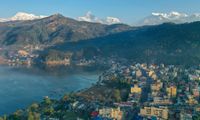
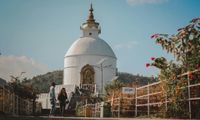
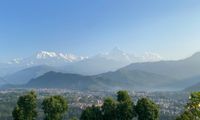
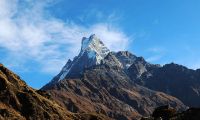

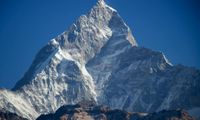
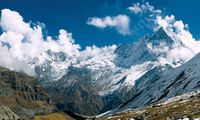
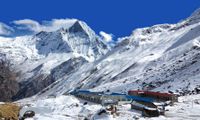
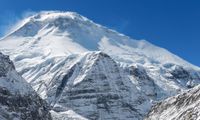
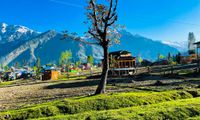
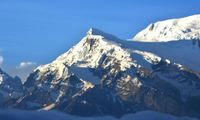
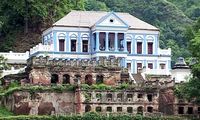
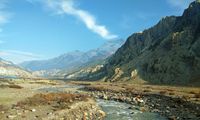

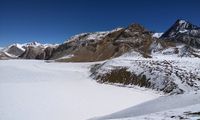

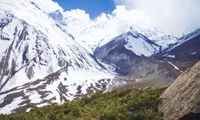
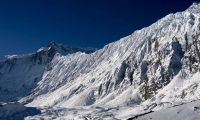
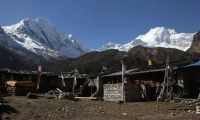
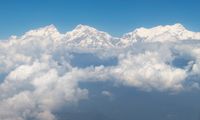

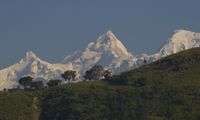
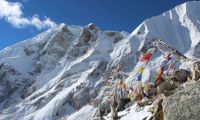

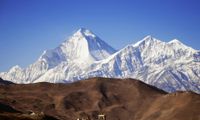
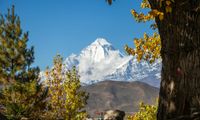
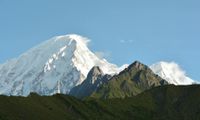
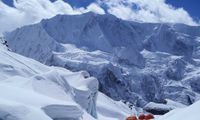



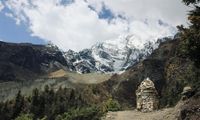
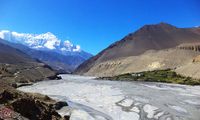

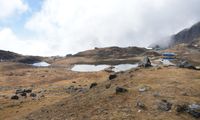
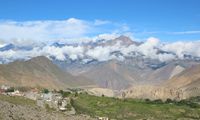

.jpg)
